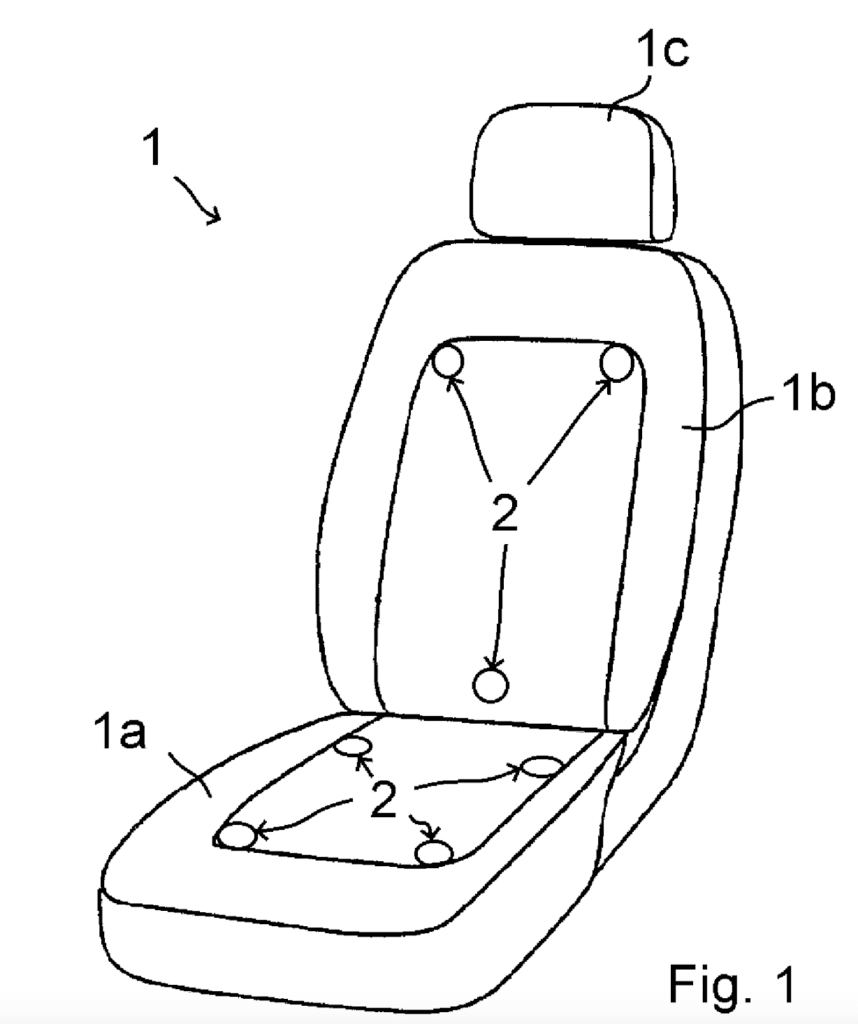From Concept to Prototype: The Birth of an Idea
Innovation often starts with a simple problem. In my case, the problem was the lack of real-time, actionable data on a passenger’s seating posture in a vehicle. Poor seating posture is not just a comfort issue; it significantly impacts safety. Imagine a scenario where a passenger is reclined too far back, sitting improperly, or even leaning in a way that could render safety systems like airbags ineffective. This thought led me to conceptualize a seat posture evaluation system that could detect an unsafe posture and provide corrective actions.
The Challenges of Building a Prototype

The journey from idea to working prototype was not straightforward. The first step was defining the right technology stack. The system needed to include:
- Smart sensors embedded within the seat
- A processing unit that could interpret the data
- An alert mechanism that could notify passengers or adjust safety measures accordingly
To bring this vision to life, I collaborated with an offshore development team in India. While cost-effective, working with a remote team presented several challenges. Time zone differences made real-time communication difficult, and there were issues related to understanding the nuanced requirements of such a safety-critical system.
One major hurdle was getting the firmware to function efficiently with the sensors. The team in India initially struggled with sensor calibration, leading to false positives or undetected unsafe postures. To overcome this, I had to create detailed testing scenarios, provide real-world use cases, and constantly test prototypes myself, refining the system iteratively.
System Architecture and Sensor Integration
The core of the system is a seat posture evaluation unit, designed for vehicle seats comprising a seat part and a backrest. Multiple sensors are strategically embedded within these components to monitor the occupant’s posture. These sensors are interfaced with a processing unit responsible for receiving and analysing the sensor signals.

The sensors are positioned in such a manner that any deviation indicating an unfavorable seating posture is promptly detected. Upon identifying such a posture, the processing unit emits a warning signal to alert the occupant.
Advanced Algorithmic Processing
At the heart of the processing unit lies a sophisticated seating posture algorithm. This algorithm is engineered to validate incoming sensor signals to ascertain whether an occupant is exerting pressure on any of the sensors. Based on the validated signals, the algorithm selects a corresponding entry from a predefined seating posture list, each entry correlating to a specific unfavorable posture. The system then issues a warning signal tailored to the identified posture, ensuring precise and context-specific feedback.
Sensor Technology and Data Transmission
The sensors employed are either touch-sensitive or force-sensitive, capable of detecting minute variations in pressure distribution and contact points. Each sensor operates independently, transmitting data to the processing unit either through wired or wireless communication channels. This modular approach not only simplifies the system architecture but also enhances the reliability of data transmission.
The system’s processing unit leverages an early stage machine learning-based approach to continuously improve posture classification accuracy. By collecting real-world data and analyzing variations in seating positions, the system refines its ability to distinguish between normal movements and potentially dangerous postures.
Adaptive Feedback Mechanism
The system’s feedback mechanism is designed to be versatile, offering optical, acoustic, or haptic alerts based on the severity and type of detected unfavorable posture. The system can modulate feedback intensity based on the duration and recurrence of the detected poor posture. For example, a brief slouch may trigger a soft vibration, whereas prolonged poor posture could result in a visual or audio alert, prompting immediate correction.
Implications for Future Passenger Safety
By continuously monitoring and evaluating seating posture, this system ensures that occupants maintain positions that optimize the effectiveness of safety mechanisms such as airbags. In scenarios where vital data can be extracted, the system can adjust airbag deployment parameters or transmit critical information to emergency services, thereby significantly improving response efficacy.
In future applications, this system could be integrated with autonomous vehicle control systems to assess passenger readiness before executing safety maneuvers. Additionally, the data collected could contribute to biometric-based seat adjustments, where vehicle seats automatically adapt to an occupant’s preferred posture and physiological needs.
Lessons Learned & Moving Forward
Developing this system was a deeply educational experience. Working with offshore developers, overcoming hardware limitations, and ensuring real-time data processing taught me valuable lessons about patience, precision, and the importance of rigorous testing.
This journey reaffirmed my belief that technology should not just make life convenient but also save lives. The seat posture evaluation system represents a step toward smarter, safer vehicles. As we move towards an era of intelligent mobility, I am excited about the possibilities this innovation will unlock.
